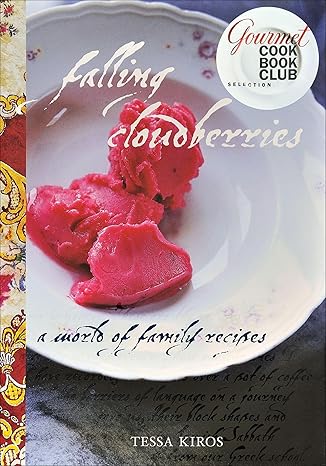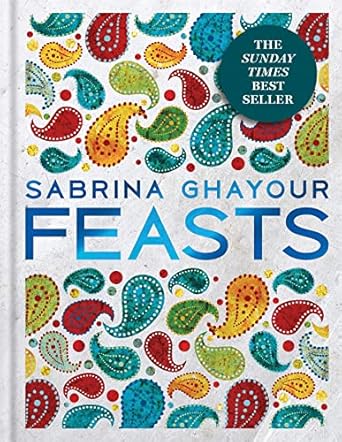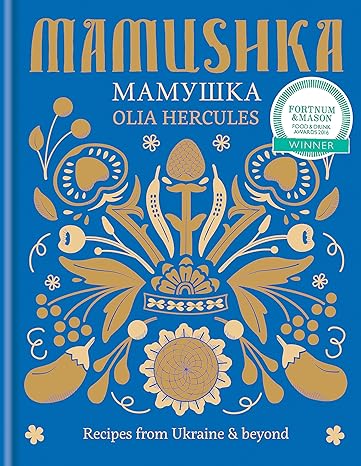Lamb

NUTRITION
Lamb is a good source of zinc, iron and B vitamins. It is relatively high in both saturated and unsaturated fats (roughly two to three times that of beef).
Cheap imported lamb from New Zealand may be available all year round, but in season British lamb is hard to beat. In May and June lamb is at its most tender but as the season progresses the flavour develops. Spring lamb is fantastic for roasting simply with garlic and herbs, autumn lamb is great when given a spicier, more adventurous treatment (see below for examples).
HISTORY
Sheep thrive in a variety of climates and have been the principal meat source across North Africa and Eurasia for centuries. The industrial revolution sparked greater demand for meat and led to the increased breeding of sheep for meat in the UK. We can now reap the reward of several generations of selective breeding for taste and texture; well-reared lamb today is likely to be better than any eaten at any time in the past.
BIOLOGY
Lambs are the offspring of the domestic sheep, ovis aries. Lambs are typically weaned to a diet of grass between the ages of 1 and 3 months and the consumption of grass adds flavour to lamb. The majority of lamb sold in Britain is from animals between four months and a year old. The meat of older animals is properly referred to as hoggett (up to approximately two years old) and then mutton (the categorisation of the meat is often based on the farmer's judgement of its qualities rather than its exact age).
TIPS
BUYING
Big supermarkets will source lamb from a number of different farms. Buying
lamb from a good butcher's shop or farmers' market will give you the opportunity
to ask about the source of the lamb, and then buy the same quality produce
again if you like it. Look for firm, pinkish meat with creamy white fat.
STORING
Lamb can be kept in the fridge for at least a couple of days - the larger
the cut the longer the meat will keep. Freezing tends to have a drying
effect on meat and so is best used for cuts that will be slow cooked in
stews or casseroles, rather than dry-heat methods (grilling, roasting,
frying).
PREPARING
The cooking method will be dependent on the cut and recipe. Generally
lamb benefits from slightly slower cooking with more moderate heat compared
with beef. Trim excess external fat (or ask your butcher to do this) before
use. Lamb cooked using dry-heat methods will be more flavourful if served
slightly pink. Stews and casseroles will benefit from slow-cooking until
no pink remains. When roasting larger cuts, allow the meat to stand for
at least 15 minutes after cooking.
MISCELLANY
There are around 10 sheep per person in New Zealand (in the UK people outnumber sheep) and Kiwis are the world's biggest consumers of lamb, eating around three times as much as Brits.
IN OUR FAVOURITE BOOKS
To support site running costs, we participate in the Amazon affiliates scheme and book links take you to the relevant Amazon page.
 Includes a recipe for
Includes a recipe for Tava (Cypriot baked lamb and potatoes with cumin and tomatoes
 Includes a recipe for
Includes a recipe for Harissa-infused leg of lamb with fenugreek and lime
 Includes a recipe for
Includes a recipe for Azerbaijani rice and fruity lamb


